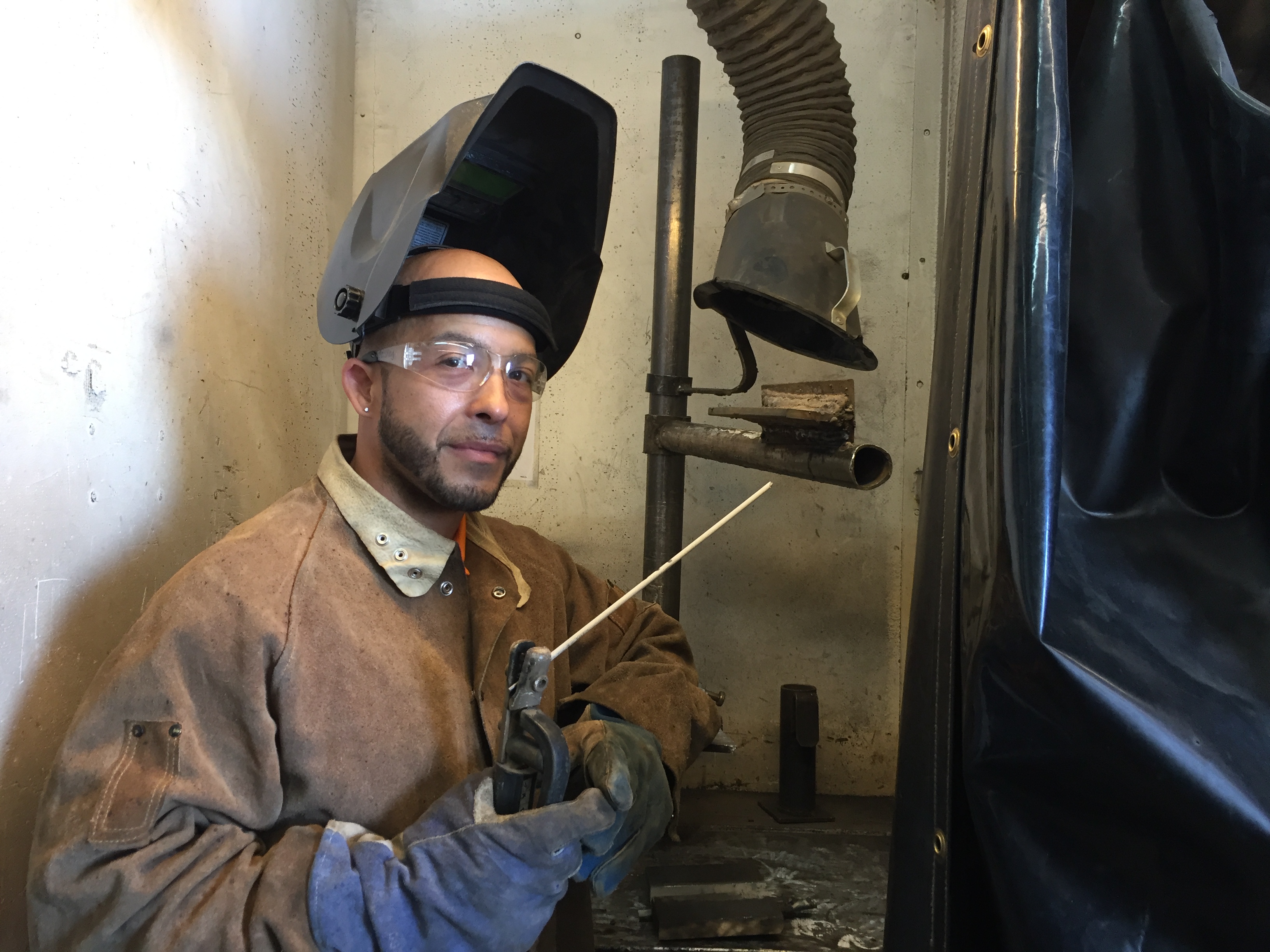
Rey Soto-Lopez said when he was in prison, he felt berated with a constant refrain.
“’You lied so therefore you’re a liar,’” he recalled. “‘Oh, you broke a rule? You’re never going to change. You’re always gonna be a manipulator.’”
But that’s not who he wanted to be.
When he was convicted of second-degree murder in 2001, he was thrown into a correctional system that, in his opinion, wasn’t focused on helping people prepare to re-enter the community.
Soto-Lopez said even just waking up wearing a yellow jumpsuit constantly sent the message that he would never be trustworthy.
“Control and punishment, at least for me, has never changed my attitude,” he said. “It has managed my attitude but it never really changed my internal perspective and attitude.”
Soto-Lopez knew he didn’t want to leave prison as the same person who entered.
His old way of thinking wouldn’t solve any of his problems.
“I didn’t want to commit another crime. I wanted to figure out why I was so rebellious, so angry, so resentful,” he recalled. “I wanted to realize and understand my addiction, my criminal mentality. I wanted to figure out what was going on with me.”
But how do you do that in prison, when everything seems to tell you that you can’t change?
Soto-Lopez found those few people who told him something different.
“It was that one chaplain who would come by when I felt bitter and angry, and I was resentful and acting out and would show me love when I least deserved it. When I least merited it. Was there to stand by me and believe in me not matter what, to say ‘Man, I believe that something good could come out of you.’”
With that support, he started a decade-long process of taking classes like anger management, parenting, and understanding victim impact.
Classes focused on behavior and attitude are offered at most correctional centers in the state, but they aren’t mandatory.
Research shows the classes can be effective and change how people think – and they reduce recidivism by about 25 percent, if they are taught by well-trained teachers. The most effective programs focus on anger management and problem-solving.
But Monica Hinders, who manages the education programs at Spring Creek Correctional Center in Seward, said inmates don’t always sign up for them with the intent to change.
“Some just enroll because they know they look better on paper,” she said. “They are preparing for parole board or to get a furlough to get out of here.”
She says despite that, even just the basic social skills a person learns in a classroom, like listening and speaking respectfully during structured conversations can make a positive difference.
Participants have to analyze real world situations together and reflect on how they would react and why. Some classes, like ones on parenting, also focus on improving the participants’ ideas of self worth.
Sometimes listening to a teacher drone on isn’t always helpful, she said.
“But the interactions with other inmates and just having the trust in each other to be honest and open and hearing the other views and that kind of thing. In here, if these guys are able to sit in a classroom and get along and not fight and not do what they sometimes like to do — that’s a win.”
For some people, like Soto-Lopez, those small wins add up.
Using the social skills and self analysis tools he learned by taking different types of programs, he was eventually able to take vocational classes, too.
Now, he’s been out of prison for three months, lives in a halfway house, and is holding down a job with the Ironworkers Union in Anchorage.
Soto-Lopez practices his new skills in a welding booth at the Union’s office, melting a thin metal rod against two plates to attach them together.
He’s preparing for his next certificate exam.
“If you don’t do it right the first time, you gotta redo the whole thing all over,” he said. “That’s why you practice over and over before you take the test because you only get one shot at the test.”
He knows that now, because he sees the world differently, he’s getting a second shot at life on the outside.
Want to hear more Solutions Desk stories? Subscribe to the podcast on iTunes, Stitcher, or NPR.
